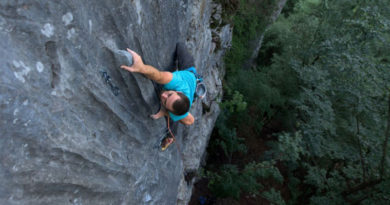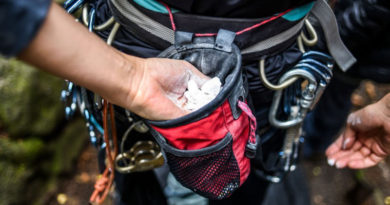What is a Boulder Problem?
In the realm of rock climbing, enthusiasts are drawn to the challenges presented by various terrains and obstacles. Among these challenges, boulder problems stand out as intriguing puzzles, demanding both physical prowess and mental acuity. From the novice to the seasoned climber, understanding what constitutes a boulder problem, its intricacies, and the techniques employed is crucial. Let’s delve into the world of boulder problems, exploring their definition, characteristics, and the allure they hold for climbers worldwide.
Defining Boulder Problems
At its essence, a boulder problem is a short, intense sequence of moves performed on a boulder or small rock formation, typically close to the ground and without the use of ropes or harnesses. Unlike traditional rock climbing routes, which often ascend higher cliffs and require specialized equipment, bouldering focuses on shorter, more concentrated movements.
Characteristics of Boulder Problems
- Intensity: Boulder problems are characterized by their high intensity. Climbers are often faced with physically demanding moves that require strength, flexibility, and precision. Each problem presents a unique set of challenges, testing the climber’s abilities in various ways.
- Concentration of Moves: Unlike longer climbing routes, boulder problems consist of a condensed sequence of moves. Climbers must navigate through a series of handholds and footholds, strategically planning their movements to reach the top or designated endpoint of the problem.
- Difficulty Grading: Boulder problems are graded based on their level of difficulty, taking into account factors such as the steepness of the terrain, the size and shape of holds, and the complexity of the movements required. Grading systems vary globally, with popular scales including the V-scale in the United States and the Fontainebleau scale in Europe.
Techniques in Boulder Problem Solving
- Footwork: A fundamental aspect of bouldering, proper footwork is essential for maintaining balance and stability. Climbers often utilize precise foot placements to support their body weight and propel themselves upward.
- Handholds: Handholds come in various shapes and sizes, ranging from small crimps to large jugs. Climbers must assess the available handholds and determine the most effective grip for each move. Techniques such as crimping, pinching, and sloper holds are commonly employed.
- Body Positioning: Effective body positioning is crucial for navigating through challenging boulder problems. Climbers must utilize their body strength and flexibility to optimize their reach and maintain stability on the wall.
- Dyno (Dynamic Movement): Dynos involve dynamic, explosive movements where climbers propel themselves from one hold to another. Timing, coordination, and strength are key factors in successfully executing dynos.
- Problem Solving: Boulder problems often require creative problem-solving skills. Climbers must analyze the terrain, identify potential sequences, and adapt their approach based on their strengths and limitations.
The Allure of Boulder Problems
- Accessibility: One of the primary appeals of bouldering is its accessibility. Unlike traditional rock climbing, which may require extensive gear and technical knowledge, bouldering can be enjoyed with minimal equipment and in various indoor and outdoor settings.
- Social Aspect: Bouldering fosters a vibrant and inclusive community of climbers. Whether at indoor gyms or outdoor crags, climbers often come together to share beta (climbing information), offer encouragement, and celebrate each other’s successes.
- Physical and Mental Challenge: Boulder problems offer a unique blend of physical and mental challenges. Climbers must not only possess the strength and agility to conquer difficult moves but also the problem-solving skills to decipher intricate sequences.
- Sense of Achievement: Completing a challenging boulder problem can be incredibly rewarding. Climbers experience a sense of accomplishment and personal growth as they overcome obstacles and push their limits.
Conclusion
Boulder problems represent a captivating intersection of physical exertion, mental acuity, and creative problem-solving. As climbers navigate through these miniature puzzles, they discover the thrill of conquering challenges and the camaraderie of the climbing community. Whether scaling the walls of a gym or venturing into the great outdoors, boulder problems continue to captivate and inspire climbers of all levels, fostering a deep appreciation for the art and sport of climbing.




